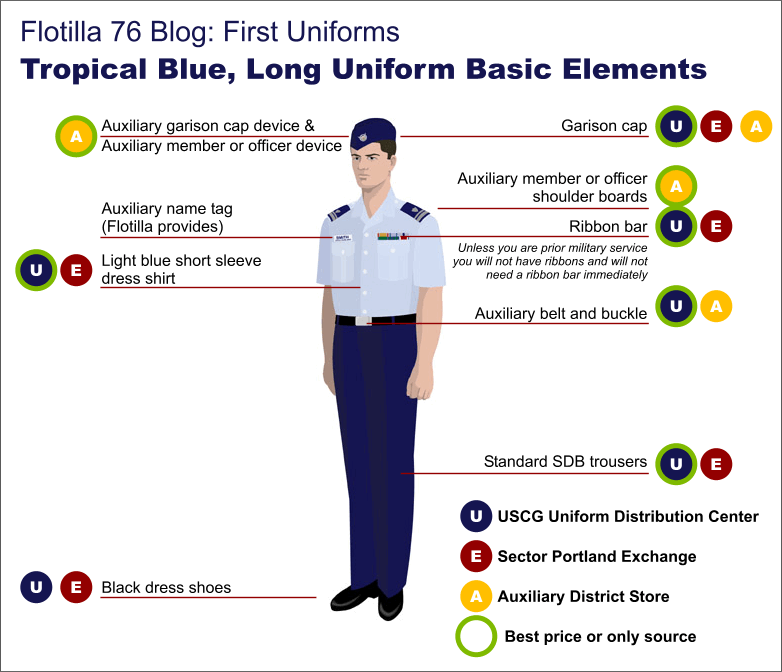One of the most rewarding opportunities in the Auxiliary is teaching others about recreational boating safety (RBS). To teach our public classes you need to be a qualified instructor (IT) or candidate for IT status.
Most Auxiliary qualifications, of which the instructor qualification (IT) is one, are moving to the standard for Coast Guard qualifications the
Performance Qualification System (PQS). A PQS is a set of tasks and other requirements to gain a qualification. Once you have been qualified many qualifications require annual currency maintenance, which will be discussed in future posts.
How do you become an instructor?
1. You read/study the Instructor Development Course (IDC) text found
here. Note a study guide for the course can be found
here .
2. You take the online IDC test at the
Auxiliary National Testing Center (NTC) and pass with a score of 90% or better. Print out the email the NTC sends and keep it. (You will need to sign in and get a pasword for the NTC using your Auxiliary eDirectory password. If you don't have an eDirectory password visit the
eDirectory and set one up.)
3. The student is assigned a mentor that is a currently qualified Instructor and the mentor takes the student through 19 Tasks and signs off that the student knows and understands the tasks. (IDC appendix
B-4 )
4. The student then presents a 10-30 minute lesson and a 1-2 hour lesson. The mentor evaluates the presentations using the "Instructor Qualification Check List" and then the "Instructor Evaluation Sheet" (
appendix C-3 thru C-7 )
4. The mentor and the Flotilla Commander then certify the process by completing the "Certification of Instructor" form on appendix
B-6 .
5. The Flotilla Commander will then submit the "Certification of Instructor form" and a copy of the email response showing the score on the test and that the member passed by 90% to the District Staff Officer for Public Education (DSO-PE) for review. The DSO-PE will then recommend to the DIRAUX that the member be qualified.
6. Your certificate and ribbon will be sent to your FC for presentation at the next Flotilla meeting.
 As a new member once you have received your member number you will want to activate your eDirectory password. Doing so allows you to:
As a new member once you have received your member number you will want to activate your eDirectory password. Doing so allows you to:




